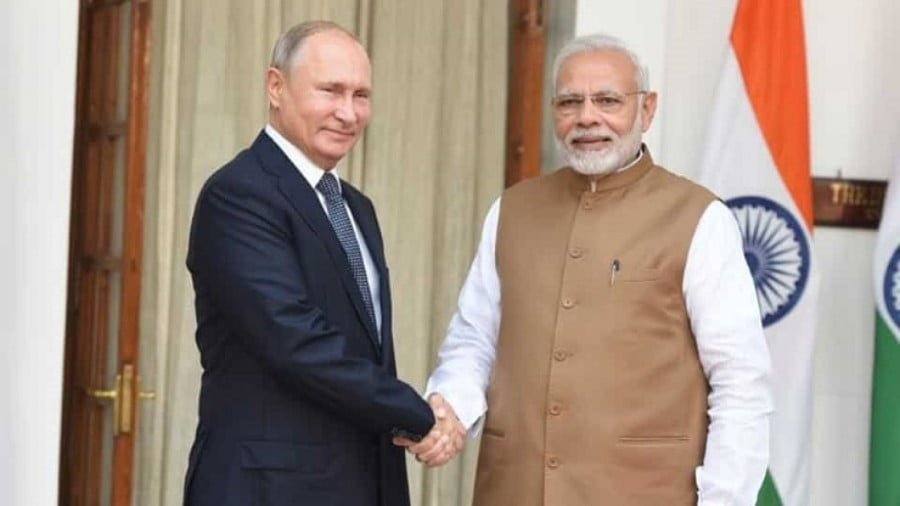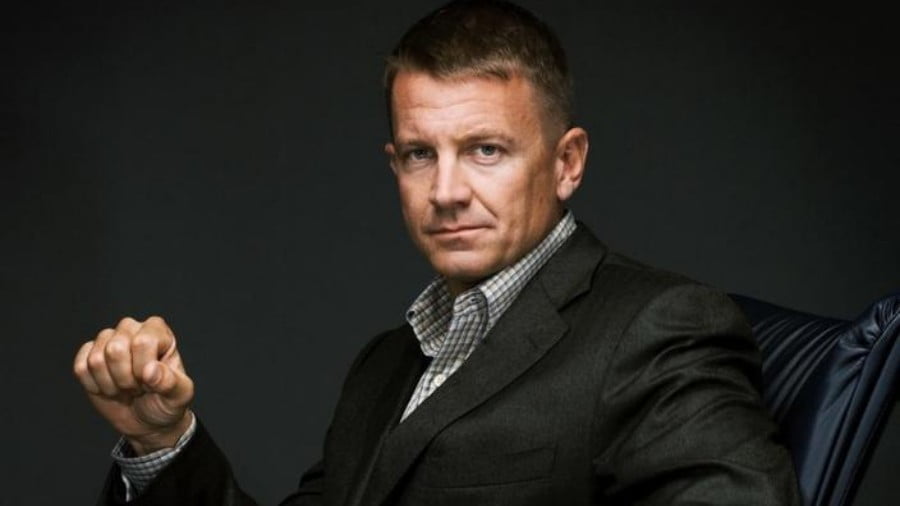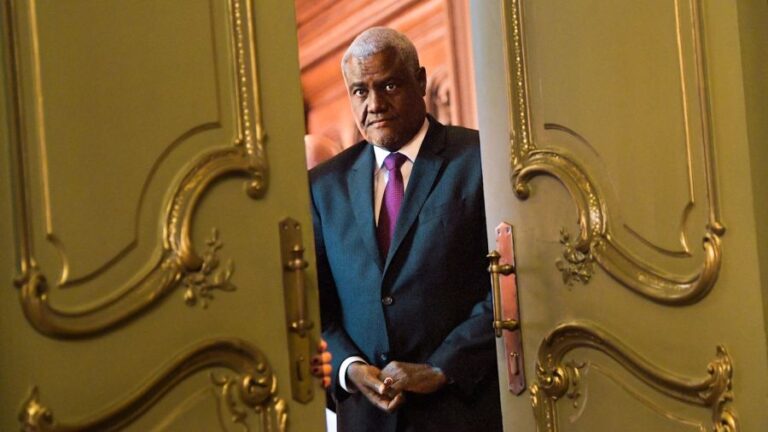Global Arms Market Dynamics and its Effects on the International Developments
For several years now, the world economy has been showing signs of a global crisis, affecting not only underdeveloped economies but also fully developed states such as the US or the EU. One of the signs of instability and unease increasing around the world is the rapid growth of the arms trade.
Data on arms transfers are often concealed, and so there are several versions of how they have evolved over the past few years. In March 2022, for example, the Stockholm International Peace Research Institute (SIPRI) published its report on the global arms trade. According to its data, the global arms trade declined slightly between 2017 and 2021, primarily due to lower deliveries to Latin America (LA). This news could be to the advantage of the US, as many blame Washington for the extrajudicial killings of Colombian and Mexican drug traffickers, which led to a struggle between the surviving drug lords for vacated spheres of influence. This struggle has turned into a real war, which claims thousands of lives every year in LA. The decline in arms shipments to Latin American countries suggests that this war may have been on the wane. Probably until the next US force actions.
However, as mentioned above, according to SIPRI, arms trade declined only marginally between 2017 and 2021, as the decline in shipments to LA was almost entirely offset by a rapid increase in arms exports to East Asia, Europe and Oceania.
But there are other data as well. For example, the Russian Center for Analysis of World Arms Trade (CAWAT) gives the following picture for 2018-2021: in 2018, global trade in “conventional weapons” (that is, all weapons and military equipment not related to weapons of mass destruction) was over $76 billion. In 2019, this figure was $79.7 billion, and in 2020 it was over $85.4 billion. In 2021, according to various sources, the global arms trade was about $100 billion. It is believed to be the largest volume since the Cold War.
Given the secrecy of the subject, it is hard to say who provides more reliable information: the pro-Western SIPRI or the pro-Kremlin CAWAT. It is much more interesting to see where they agree. SIPRI and CAWAT are unanimous on the following points:
As always, the US topped the list of arms suppliers, accounting for about 40% of all arms exports by the end of 2021.
Russia comes next in the top ten arms exporters. It should be recalled that the Russian defense industry, established back in Soviet times, was originally “geared” primarily towards national defense and aid to friendly states, with commercial interests being a secondary consideration.
France, Italy, China, Germany, Spain and Israel are next in the top ten according to CAWAT. Interestingly, there has been a movement in this group between 2018 and 2021, with China moving from sixth to fifth place. As for SIRPI, as of the end of 2021, it gives the Celestial Empire an even higher, fourth place after France. Thus, despite significant differences in information from SIRPI and CAWAT, both organizations agree that the PRC has been very successful in the arms trade.
Having developed into a superpower with the world’s second largest economy, in recent years China has been actively building up its military might by developing and producing modern weapons and military equipment in large quantities sufficient for both the Chinese army and for exports. According to some estimates, China’s arms exports are growing faster than those of other countries, and a new reshuffle of the top exporters’ rankings is not long in coming.
It should be noted that, despite all the negative elements that are associated with periods of growth in an economy sector such as the military trade, it should be recognized that arms production is a very high-tech, knowledge-intensive industry that stimulates scientific and technological development and generates large revenues. Therefore, military technology and its exports are not only means of competition between states, but also spheres of that competition.
Of course, to win in arms export competition, the quality of the arms produced and their price are important: every state that cares about its security wants to provide its troops with effective weapons in the right quantities. However, the relationship between the purchasing state and the arms supplying country also plays a significant role. No one understands certain types of weapons better than the manufacturer, and by purchasing weapons, especially high-tech ones, the importer makes his defense dependent on equipment whose characteristics are all known to the exporter. Therefore, arms are usually bought from countries with which, at the very least, one is not in conflict. Often the purchase of arms is a friendly gesture on the part of the importer towards the supplier, a demonstration of trust, and so arms are often bought from those countries with which they want to maintain friendly relations, sometimes even if the weapon is not the best in terms of price/quality ratio. Thus, arms exports can be used to assess current international relations.
In 2020, for example, the main purchasers of weapons from the PRC were from the Asia-Pacific region and the Middle East. China is competing with the US for influence in both of these regions, and the success of Chinese sales suggests that its struggle with America is also going well. The situation in South Asia is also revealing: India is the most powerful and wealthy state in the region. It does not buy weapons from China because it is its old and bitter rival. Instead, the People’s Republic of Bangladesh has acquired many Chinese weapons, which is interesting: for a long time it was considered a zone of Indian influence, then there was a competition between India and China for it, and now it seems that China is prevailing. Pakistan, another South Asian state, also purchases a lot of Chinese arms. On the one hand, this is not surprising, as Pakistan has very strained and even hostile relations with India. On the other hand, in past years, the US was considered Pakistan’s main military and technical partner. Now, Pakistan prefers to cooperate with Beijing.
It can be concluded that the state of the arms market clearly reflects the situation in international relations: China is steadily gaining weight on the world stage, gradually overtaking its competitors, and its arms exports serve both as a means of increasing Chinese influence and as an indicator of it.







